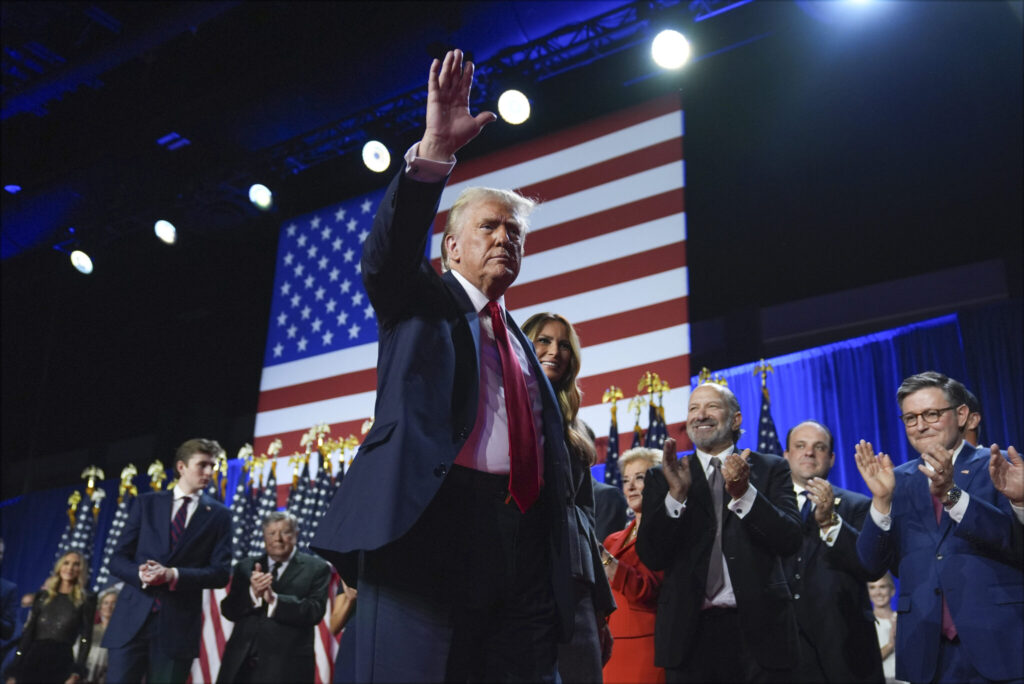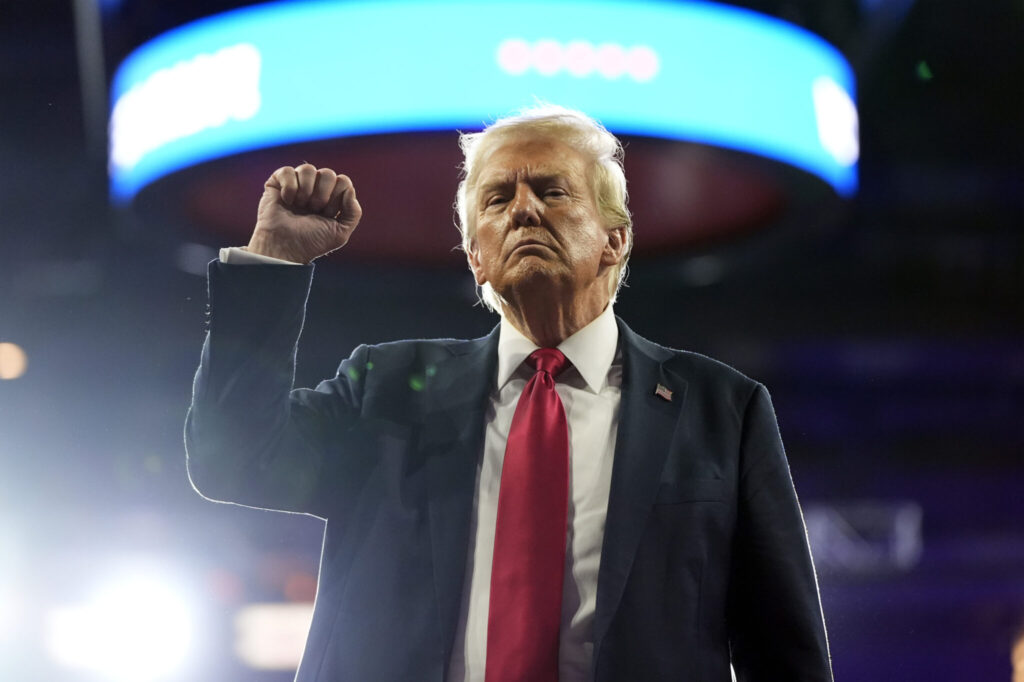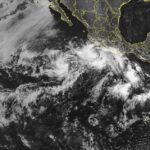Trump offshore wind/ offshore wind policy change/ U.S. renewable energy/ Trump renewable energy stance/ offshore wind Trump opposition/ Newslooks/ ATLANTIC CITY/ N.J./ J. Mansour/ Morning Edition/ President-elect Donald Trump has vowed to stop U.S. offshore wind projects upon taking office, citing concerns over environmental impacts and cost. However, industry leaders are optimistic, pointing to potential economic and regulatory hurdles that may complicate any sweeping reversal of existing offshore wind initiatives.

Trump’s Pledge to Stop Offshore Wind Projects Faces Complex Challenges Quick Looks
- Trump’s vow to halt offshore wind: Trump has pledged to end U.S. offshore wind projects through executive action.
- Industry response: Offshore wind companies plan to work with Trump, emphasizing job creation and energy independence.
- Challenges to halting projects: Legal, financial, and regulatory factors make it difficult to shut down approved wind initiatives.
- Market impact: Offshore wind companies see stock declines amid concerns over U.S. policy changes.
Can Trump Halt Offshore Wind Projects? Industry Prepares for Potential Setbacks
Deep Look
President-elect Donald Trump has reiterated his commitment to halting offshore wind projects in the U.S., setting the stage for a major clash with the growing renewable energy industry. Trump, who has been vocal about his disdain for offshore wind, vowed to end such projects through executive action on his first day back in office. Despite these pledges, it may be challenging for Trump to achieve this goal entirely due to legal and economic factors, as well as significant federal and state investments already allocated to offshore wind.
Trump’s Stand on Offshore Wind and Industry Reaction
During his campaign, Trump promised to shut down offshore wind projects, calling them environmentally destructive, expensive, and unsightly. He even suggested that the turbines pose a danger to wildlife, stating, “They ruin the environment, they kill the birds, they kill the whales.” Environmental organizations and scientific agencies, however, have found no evidence directly linking offshore wind activities to recent whale strandings along the East Coast.
The offshore wind industry, already preparing for a Trump presidency, remains cautiously optimistic. Many leading companies, including Atlantic Shores and the Danish-based Orsted, issued statements emphasizing their contributions to job creation, economic growth, and national energy security—appealing to priorities generally supported by Republicans. According to Jason Grumet, CEO of the American Clean Power Association, “We are committed to working with the Trump administration to build a secure and clean energy economy.”
Impact on Existing Offshore Wind Projects
With nearly 65 gigawatts of offshore wind capacity in development, capable of powering over 26 million homes, the U.S. offshore wind sector has made substantial progress in recent years. Some states already have operational projects, such as the Block Island Wind Farm in Rhode Island and the Coastal Virginia Offshore Wind pilot project. Experts believe it would be difficult for Trump to halt these projects due to their advanced stages and completed regulatory approvals.
Yet, Trump may have more leverage over projects still in the planning phase. Critics argue that by rescinding tax incentives and other support programs established under the Biden administration, Trump could reduce financial backing and disincentivize further development. Bob Stern, a former U.S. Energy Department official and current leader of New Jersey’s anti-offshore wind group Save LBI, says Trump could also push Congress to revise federal marine laws, potentially complicating future approvals for new offshore wind installations.
Potential Economic and Political Hurdles
Despite Trump’s staunch stance, offshore wind proponents argue that the sector aligns with broader goals of energy independence and economic revitalization. Tina Zappile, director of the Hughes Center for Public Policy at Stockton University, suggests that economic advantages could encourage Trump to reconsider a total shutdown. “When the economics of offshore wind align with his strategies of returning manufacturing to America and becoming energy-independent, his administration may be more likely to back off,” she noted.
While commercial fishing interests and other groups in states like Maine have voiced strong opposition to offshore wind, others argue the projects are vital to creating local jobs and providing clean energy. Offshore wind companies continue to maintain an optimistic outlook, pledging to cooperate with federal authorities to advance mutually beneficial goals.
Market Response and Investor Uncertainty
Amid Trump’s threats to the industry, stock prices for European offshore wind companies with U.S. projects took a significant hit. Shares of Orsted, which has invested heavily in U.S. wind projects, fell by nearly 14% on Wednesday, while turbine manufacturer Vestas Wind Systems saw a 24% decline over the past week. Republican officials like New Jersey Assemblyman Paul Kanitra expressed support for a rollback, saying, “It’s time to pack your bags and get the hell away from the Jersey Shore.”
Key Supporters and Likely Opposition
Trump’s stance on offshore wind aligns closely with his broader support for the fossil fuel industry and his skepticism of renewable energy initiatives. Representative Jeff Van Drew, a New Jersey Republican and early Trump supporter, hosted a rally earlier this year where Trump renewed his promise to end offshore wind projects. Van Drew confirmed that the specifics of Trump’s plan are still under consideration, but he expects “a complete halt to offshore wind projects” once Trump assumes office in January.
The offshore wind industry now faces an uncertain future under a Trump administration, with both proponents and opponents anticipating policy shifts that could reshape the landscape of U.S. energy. For industry leaders, the focus remains on making the case for offshore wind as a source of economic growth, job creation, and national security. But with Trump’s firm opposition and support from Republican officials, the offshore wind sector may face significant obstacles in the years ahead.







